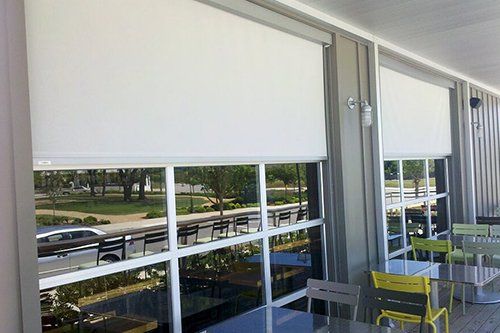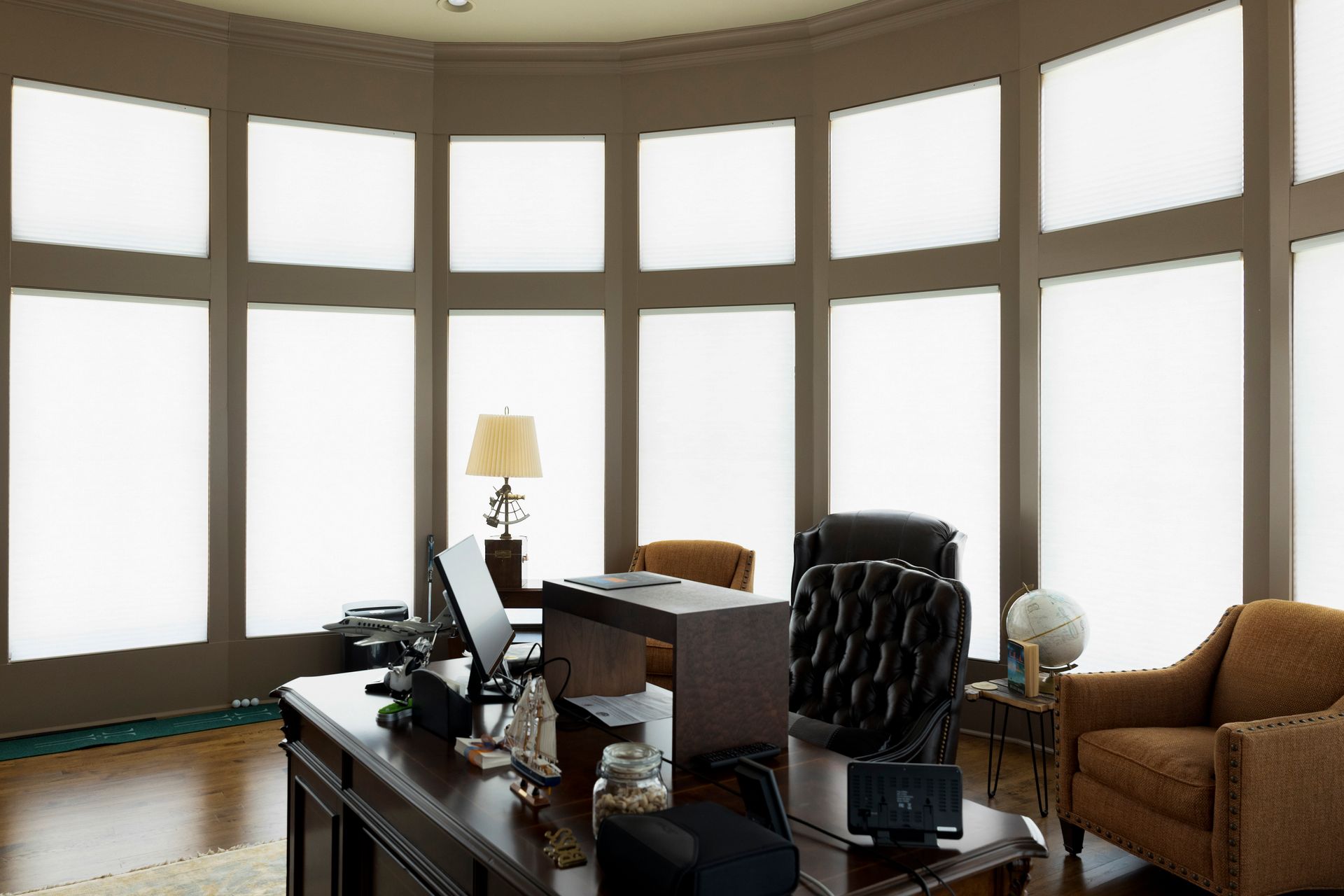Plantation shutters are a beautiful accent to any window, framing the window with style while allowing you to set the amount of light and privacy you have in the room. This stylish window treatment is not only a charming choice for any decor, it will also add value to your home. One great feature of plantation shutters is the ability to let in the light and enjoy the view, and at the same time keep harmful direct sunlight off of your furniture and flooring. This helps to prolong the life of their finishes, and keep your home looking beautiful. The shutters are custom-made to perfectly fit your windows, regardless of their sizes and shapes, and you can order them with 2 ½”, 3 ½”, 4 ½” and 5 ½” louvers. The different sizes are all lovely. So how do you decide which size to get? Here are a few pointers to help you choose.
The Differences
The louvers are what allow the light into the room, provide you with privacy, and affect your view. If you look at shutters that are fully open, you will notice that they frame the view and break it into vertical segments. While this is a charming look, it is something to consider when choosing the size of the louvers. Smaller louvers break the scene outside your window into more vertical gaps, and give you a more segmented look at the world. The larger ones give you a less obstructed view. Also, the wider the louvers are the more light you can choose to allow into your home. While you can always choose to let in less light, the smaller louvers cannot let in as much light as the larger ones do when fully open.
Reasons to choose 2 1/2″
Small windows. Smaller louvers typically frame smaller windows nicely and give a more traditional look and feel to the windows.
The depth of the window sill. If you have a shallow window sill, you have less space between the body of the shutter and the glass. The wider louvers will not tilt properly in a small space. However, the smaller size requires less clearance to work properly, and will fit the more narrow space.
Reasons to choose 3 1/2″
The most popular size. The most popular size for contemporary looks is the 3 1/2″ louver size. This size is great for your medium to large windows, giving your room a clean, fresh style with a great view to the outside.
Reasons to choose 4 1/2″
More natural light. The larger louvers let in more of the natural light. If you want to let in as much light as possible, this is the size you want for your medium to large windows.
Less obstructed view. If you have a great view, this is a good choice. When the 4 1/2″ louvers are fully open, they will give you the least interference to enjoying that view. Wider panels also help to improve your enjoyment of the wonderful outdoor scene.
Reasons to choose 5 1/2″
Enjoy your views. Do you have a view that overlooks a lake, beautiful garden or golf course? If so, this may be the size for you. The least obstructed view possible is given by 5 1/2” louver size. Furthermore, the horizon tilt moves the tilt rod to the side for an even less obstructed view.
At Just Blinds, we would love to help you choose just the right options to give you the most enjoyment of your plantation shutters. To schedule a personal consultation to learn more about all your window treatment options, contact us.
Expert Advice by Just Blinds


